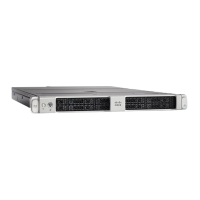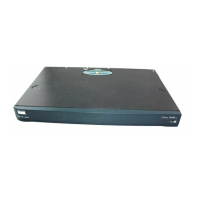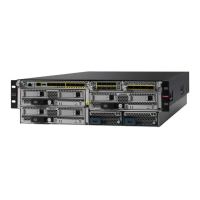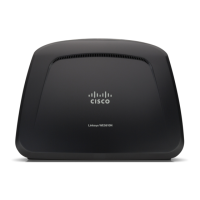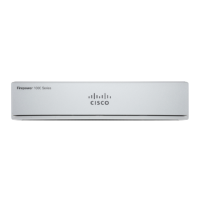5-9
Cisco SCE8000 Software Configuration Guide, Rel 3.1.6S
OL-16479-01
Chapter 5 Configuring the Management Interface and Security
Configuring the Available Interfaces
–
The configuration should always include the root user, giving it the privilege level of 15.
–
Viewer (privilege level 5) and superuser (privilege level 10) user IDs should be established at
this time also.
2. For complete details on server configuration, refer to the appropriate configuration guide for the
particular TACACS+ server that you will be using.
3. Configure the SCE client to work with TACACS+ server:
–
hostname of the server
–
port number
–
shared encryption key (the configured encryption key must match the encryption key configured
on the server in order for the client and server to communicate.)
4. (Optional) Configure the local database, if used.
–
add new users
If the local database and TACACS+ are both configured, it is recommended to configure the same
user names in both TACACS+ and the local database. This will allow the users to access the SCE
platform in case of TACACS+ server failure.
Note If TACACS+ is used as the login method, the TACACS+ username is used automatically in the enable
command. Therefore, it is important to configure the same usernames in both TACACS+ and the local
database so that the enable command can recognize this username.
–
specify the password
–
define the privilege level
5. Configure the authentication methods on the SCE platform.
–
login authentication methods
–
privilege level authorization methods
6. Review the configuration.
Use the " show running-config " command to view the configuration.
How to Configure the SCE Platform TACACS+ Client
• Configuring the SCE Platform TACACS+ Client, page 5-10
• How to Add a New TACACS+ Server Host, page 5-10
• How to Remove a TACACS+ Server Host, page 5-11
• How to Configure the Global Default Key, page 5-11
• How to Configure the Global Default Timeout, page 5-12
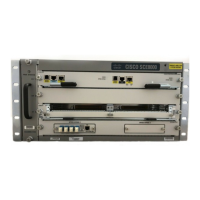
